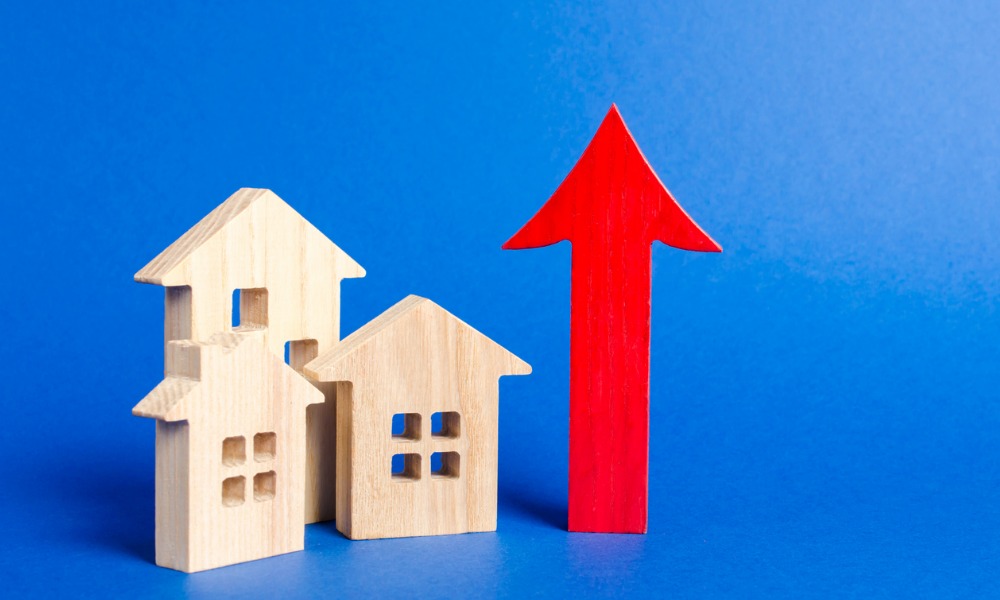Price increase strongest in places associated with tourism

Average house prices in predominantly rural areas rose by more than 12% in 2021, with 13 of the 20 areas with the strongest price growth classified as rural, Nationwide said in its special House Price Index report.
“Our latest analysis suggests that average house price growth in local authorities classified as predominantly rural has outpaced that of other areas, particularly in the last couple of years,” Andrew Harvey, senior economist at Nationwide, said.
Between December 2016 and December 2021, average prices in predominantly rural areas increased by 29%, compared with 18% in predominantly urban areas. Local authorities classified as ‘urban with significant rural’ saw a price growth of 23% over the same period.
North Devon recorded the strongest growth, with average house prices up 24% year-on-year, while Camden in London was the top urban area in terms of price hike, with a 20% increase over the year.
Harvey noted that the strongest price growth was seen in a number of areas closely associated with tourism, including parts of Devon, South Wales, the Cotswolds and the Broads. This suggests some of the demand may be being driven by those buying holiday or second homes.
Indeed, ONS data suggests that the rate of second home ownership is significantly above average in areas such as South Hams, Pembrokeshire and Ceredigion, areas which are among those seeing the fastest rates of growth.
“Increased demand for properties in rural areas in recent years has been part of the ‘race for space’ seen since the start of the pandemic. However, this shift in preferences is also reflected in price trends by property type,” Harvey shared.
Over the five-year period to December 2021, rural detached properties saw the strongest price growth, with average prices increasing by 32%. Prices of rural semi-detached houses increased by 29% over the same period, while urban detached properties and rural terraced houses both saw average prices increase by 27%.
Flats saw considerably weaker price growth, particularly those in predominately urban areas, which increased by just 6% over the last five years.
“The average price of a detached property in predominantly rural areas is still nearly 10% lower compared with the average for predominately urban areas. This may be because detached properties attract a particular premium in urban areas, making up a smaller proportion of the housing stock. For example, in local authorities classified as predominately urban, only 12% of the total stock is detached, compared with 26% in predominately rural areas,” Harvey pointed out.
Of the 362 local authorities in Great Britain, 212 (59%) are classified as predominately urban, 98 (27%) as predominately rural, while the remaining 52 (14%) are classed as urban with significant rural.



